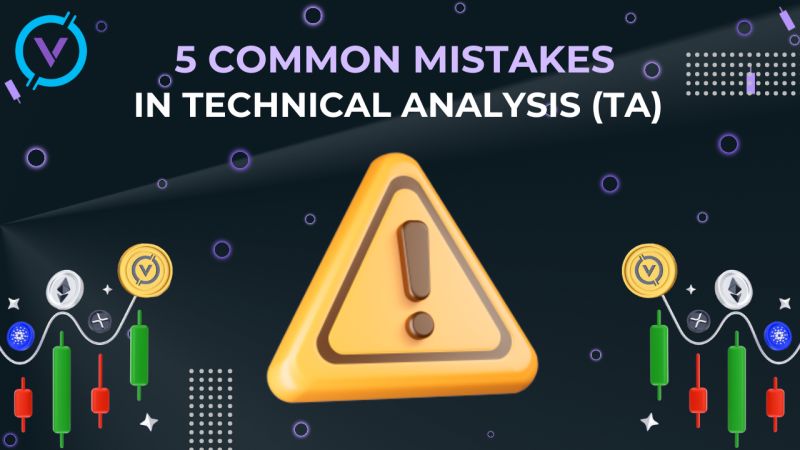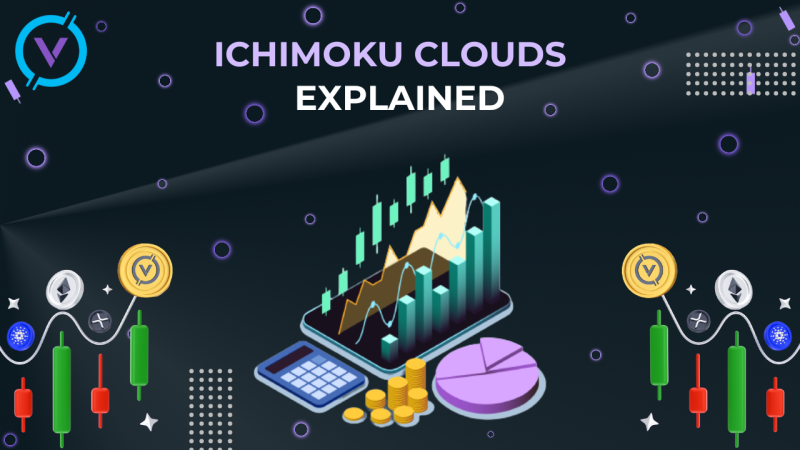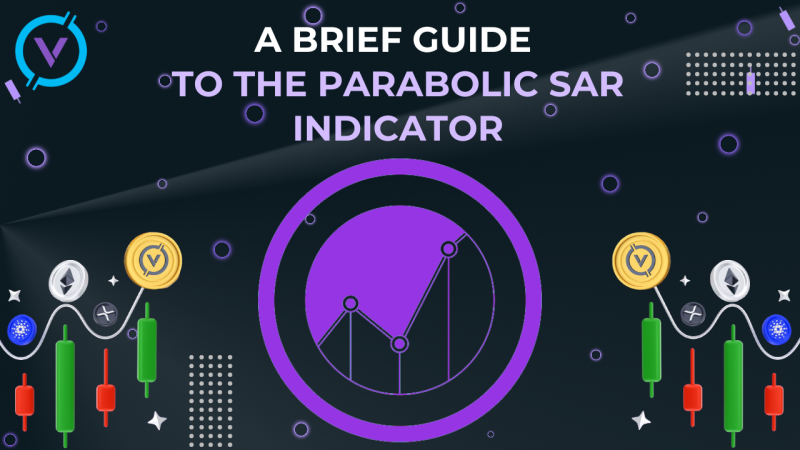Introduction
As we know, an important role in the crypto sphere belongs to an Automated market maker (AMM shortened). Different types of liquidity protocols let users become a market maker and earn fees concerning different market pairs.
There is not a definite answer if an AMM can be a real competitor to centralized exchanges. Nevertheless, no one can argue that AMMs possess a wonderful potential in stablecoin trading. It must be said that Curve Finance is a real VIP in the sphere.
What is Curve Finance?
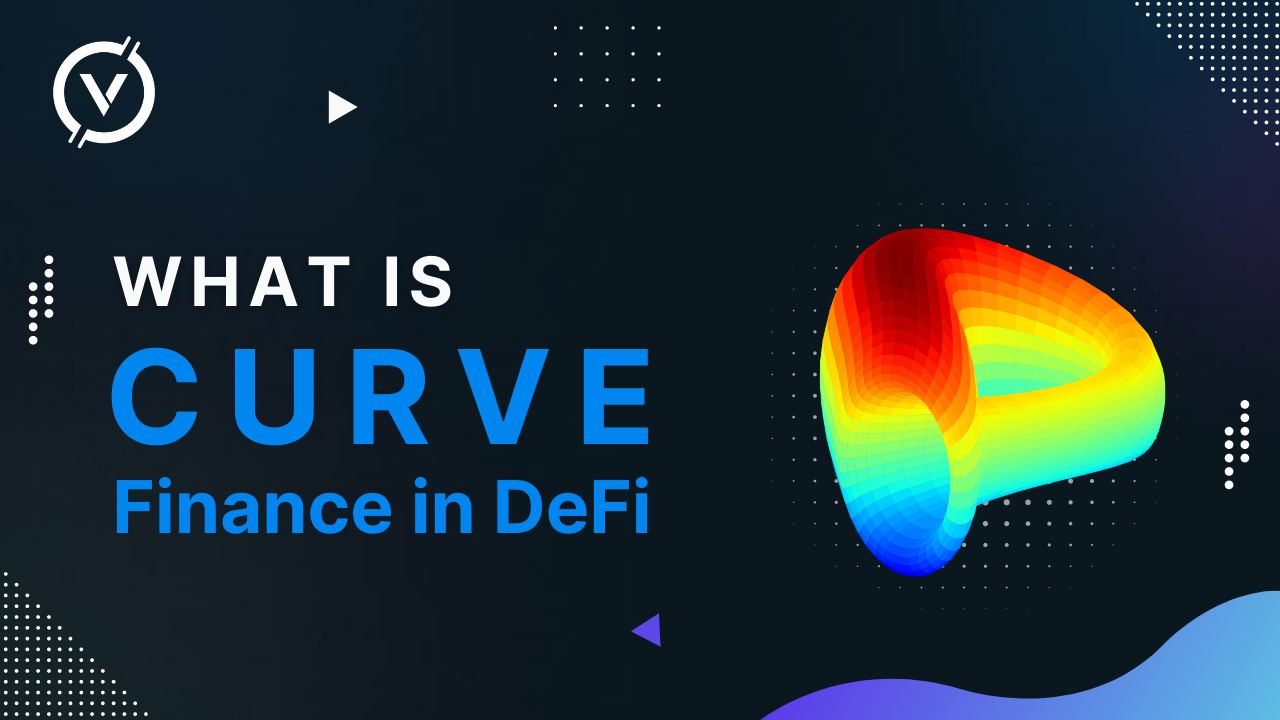
Let’s begin with the definition of it. Curve Finance is a decentralized exchange made in order to trade cryptocurrency. The last one keeps attention on great stablecoin trading. With the help of it investors can avoid more volatile crypto assets.
Another good thing about Curve Finance is that it is an automated market maker that maintains low fees and slippage due to liquidity pools. As long as there is liquidity, there are swapping of tokens as well. Curve’s center of attention is stable assets. Curve offers a large variety of stablecoins including USDC, BUSD, DAI, USDT and TUSD. Every Curve Finance protocol includes the Curve token. It is mainly used to motivate liquidity providers on their platform and to obtain as many users as possible.
Curve Finance is both outstanding for swapping between stablecoins and different tokenized versions of a coin, too. Moreover, Curve is one of the best methods of swapping between various tokenized models of Bitcoin. Wonderful, ain’t it?
Curve Finance: ‘I'm gonna make him an offer he can't refuse.’
The true mate of Ethereum is Curve Finance that runs on it as well. Why do we need it? The answer is clear: Curve Finance is made for swapping between stablecoins. How to deal with it? Just to have some funds and an Ethereum wallet. In this case, swapping various stablecoins with low fees and slippage comes true. Curve Finance has a special pricing formula that is why it is also great for swapping between various tokenized variations of coins.
How does Curve Finance Work? How Curve Finance works: ‘Go ahead, make my day.’
As we know, the main aim of an AMM is to make finance markets more effective and decrease price volatility for assets. Algorithmic trading helps to reduce parent order cost and any risk of its fulfilling. There is a great variety of formulas for asset pricing, but they are combined by the fact that they are done algorithmically.
Curve uses the formula that is especially made to facilitate swaps that occur in a severely similar way. Therefore, if you wish 50 million dollars of USDT were converted into USDC, then you should convert this sum to BUSD. Unfortunately, in this case you will experience some slippage. However, Curve's formula is made to lower this slippage as much as possible.
Please, pay attention to the fact that if they are not in the same price range, Curve's formula will not function in a proper way. But there is no account for that in the system. The system cannot fix the things outside of its control, so only when tokens keep their peg, the formula of Curve functions greatly.
As a result, we have low slippage that leads to competition even with some of the centralized exchanges and OTC desks with the best liquidity.
What is the CRV Token?
Let me introduce DAO to you now. DAO is a decentralized autonomous organization. The matter is that this organization runs the protocol of CRV. CRV is the governance token of Curve DAO. CRV is constantly distributed to liquidity providers of protocols. Please, note that the rate of it lowers annually.
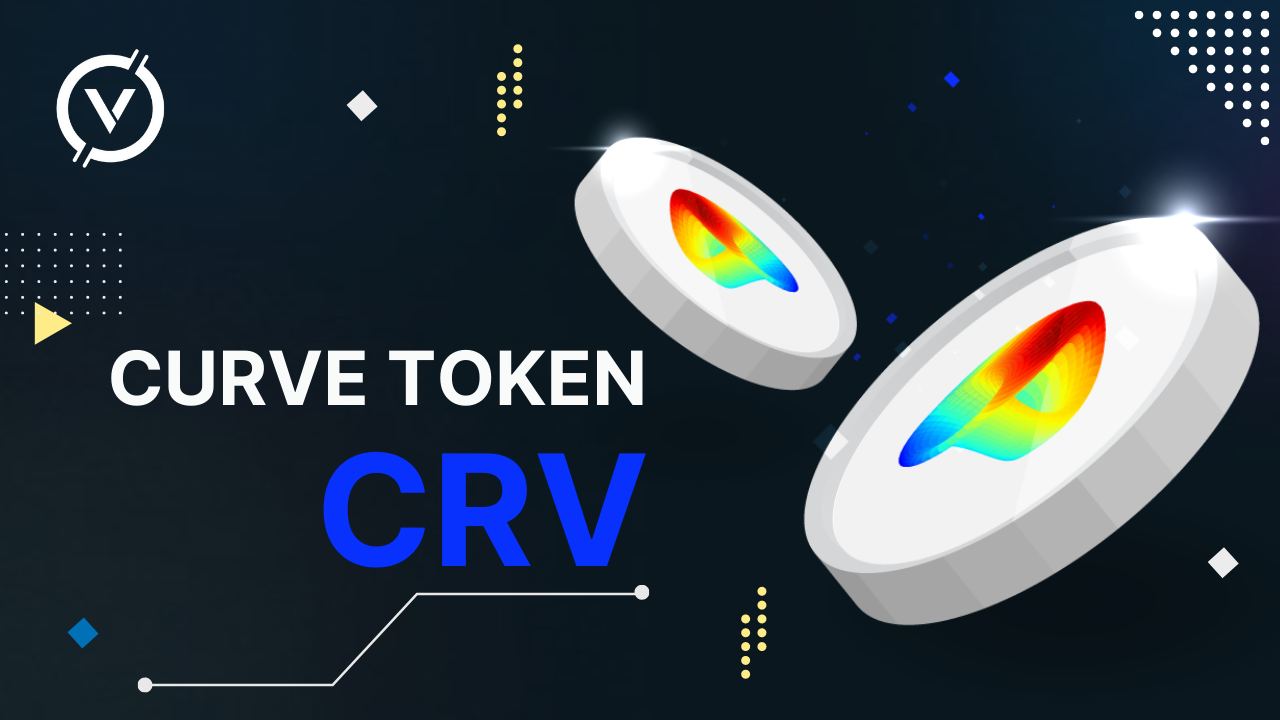
The risks of Curve Finance/ Possible risks: ‘Fasten your seatbelts.’
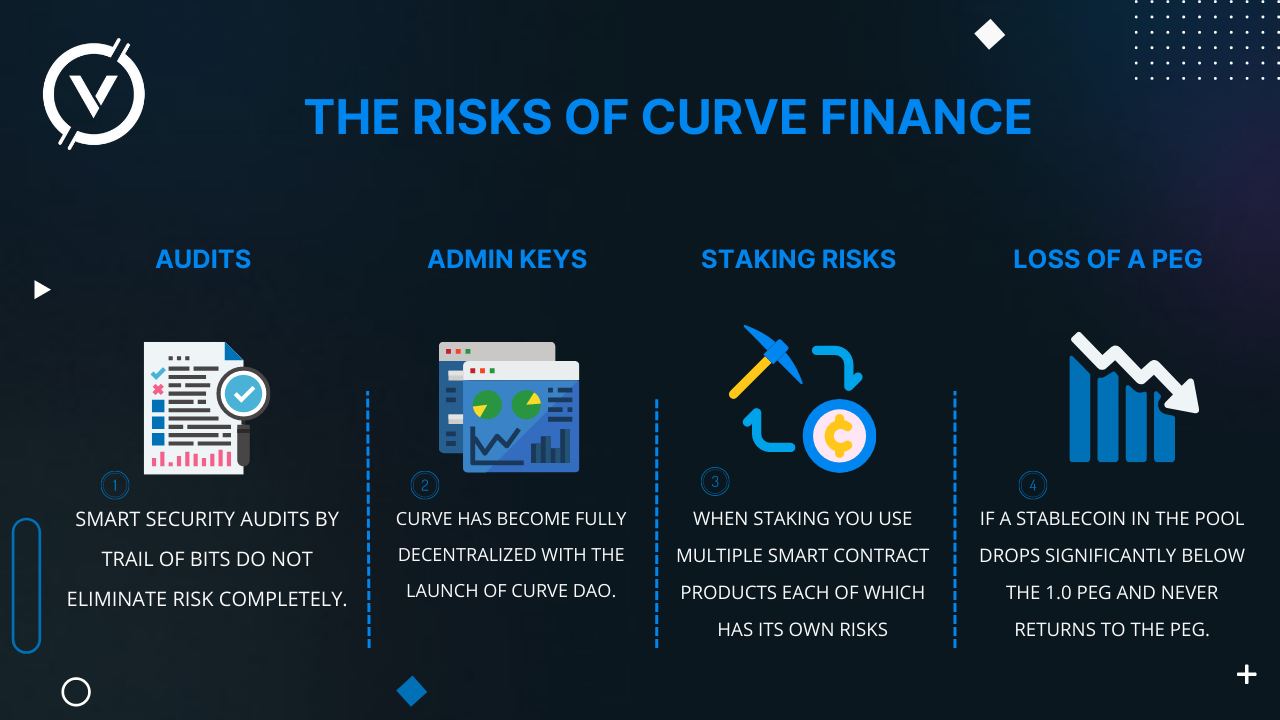
Do you believe in doom? Do you believe that it is silly to worry about anything because everything is predestined? Even if your answer is ‘yes’, please, do not neglect the risks of Curve Finance. Unfortunately, when you use a smart-contract, a place for risks remains. Even a number of audits cannot solve this issue. Keep in mind that we should forever deposit as much as we are going to lose.
As far as an Automated Market Maker protocol is concerned, there is also a chance for impermanent loss. To cut a long story short, impermanent loss is a loss in dollar value that liquidity providers can undergo. It can occur when liquidity is provided to AMMs.
Moreover, the liquidity pool can also be provided to Compound or Yearn Finance so as to create more income for liquidity providers. It should be noticed that not only users can trade on Curve, but also various smart contracts. Consequently, it puts the situation under further risks: a lot of Decentralized Finance protocols turn into reliant ones.
Swerve Finance
Curve Finance has a governed fork represented by Swerve. It is a decentralized exchange based on an Automated Market Maker and belongs to a community-owned form. Its main specialization is in efficient stablecoin swaps. The Swerve tokens are distributed in liquidity mining events. It means that everyone has the same chance to farm.
Closing Thoughts/ ‘Hasta la vista!’
To draw the conclusion, one can say that Curve Finance is a decentralized exchange liquidity pool and it is made for extremely systematic stablecoin trading. One of the most popular Automated Market Makers is Curve. It is associated with low slippage and tight spreads.
Of course, composability concerning various decentralized applications cannot exclude some risks. Nevertheless, Curve Finance remains one of the strongest and profitable advantages of decentralized finance.
